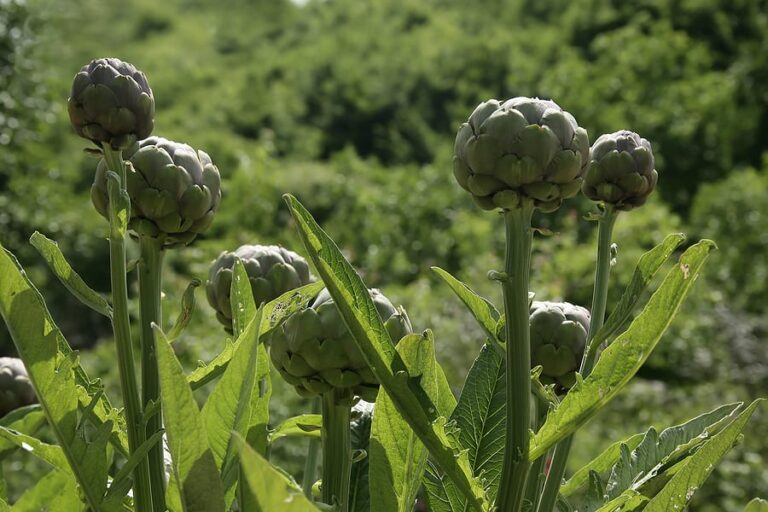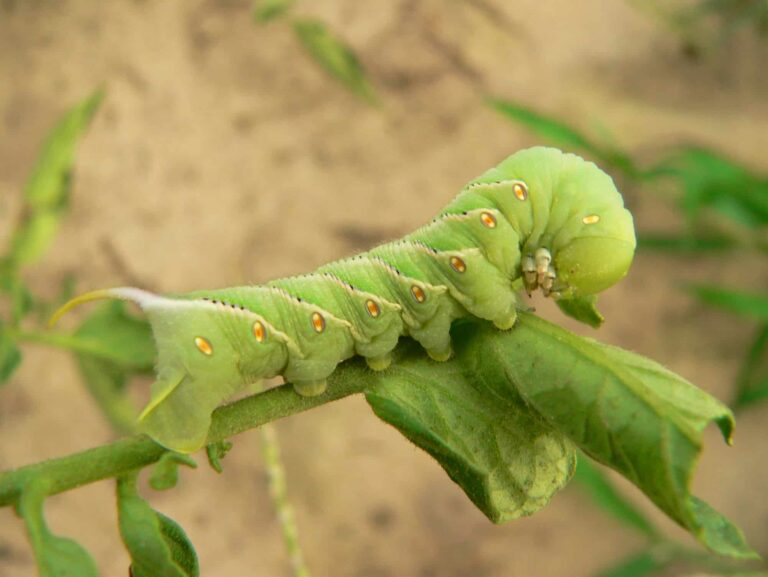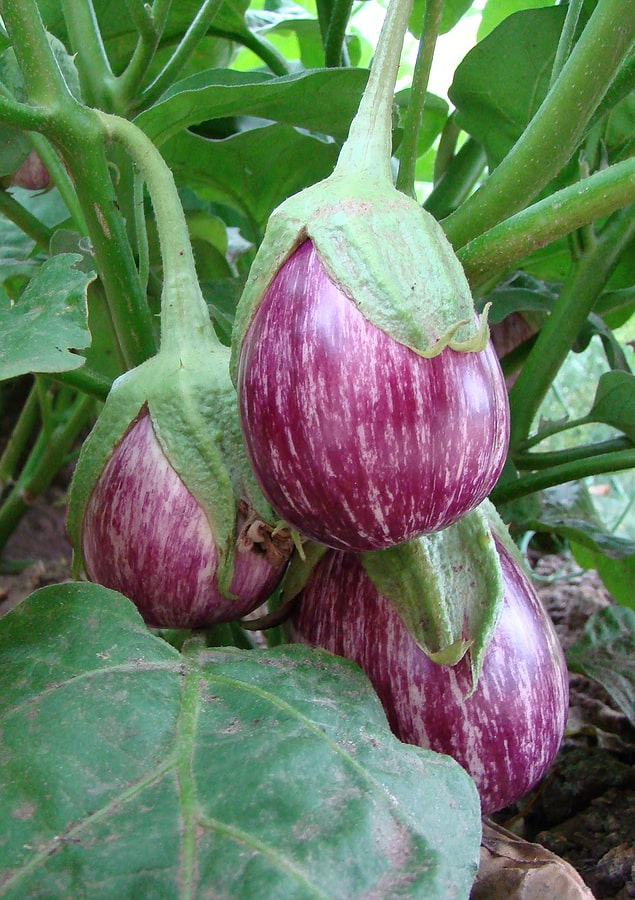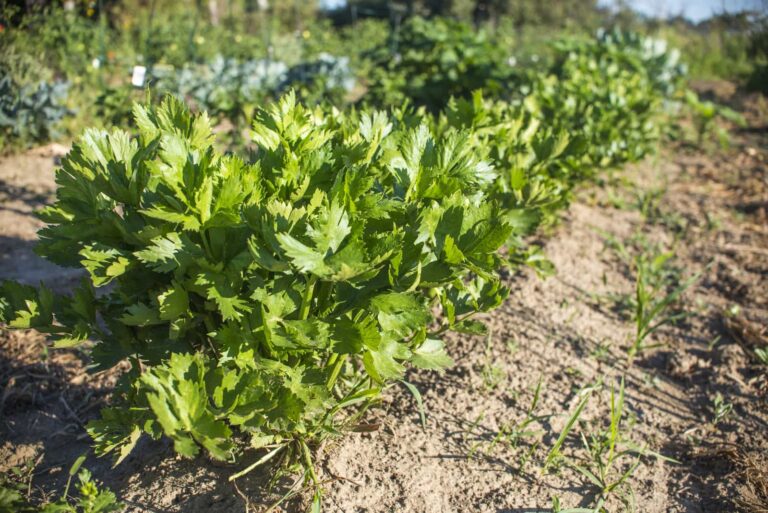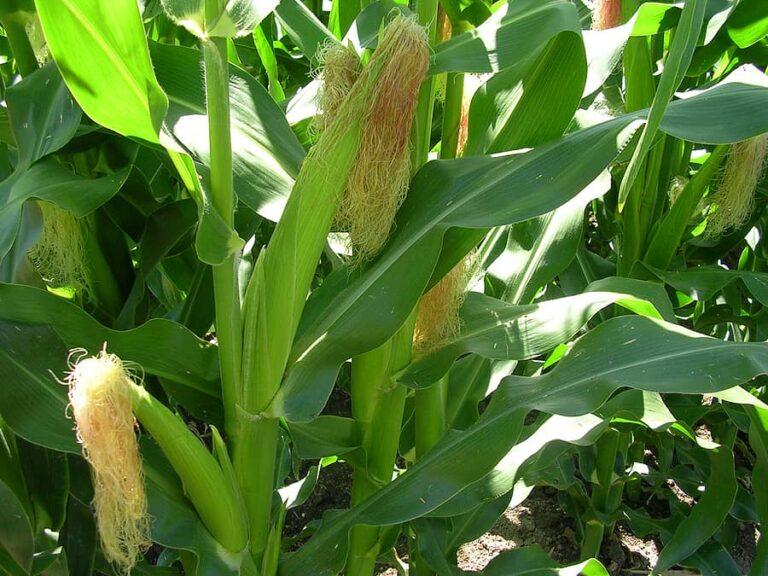Sweet Potato Growing Problems: Troubleshooting
Sweet potatoes require loose, well-drained soil and about 100 very warm days. Sweet potatoes are usually grown from slips started from roots (to start your own add another 40 days). Set sweet potato starts into the garden about the same time you set out tomato transplants in spring. For sweet potato growing tips see Sweet Potato…


